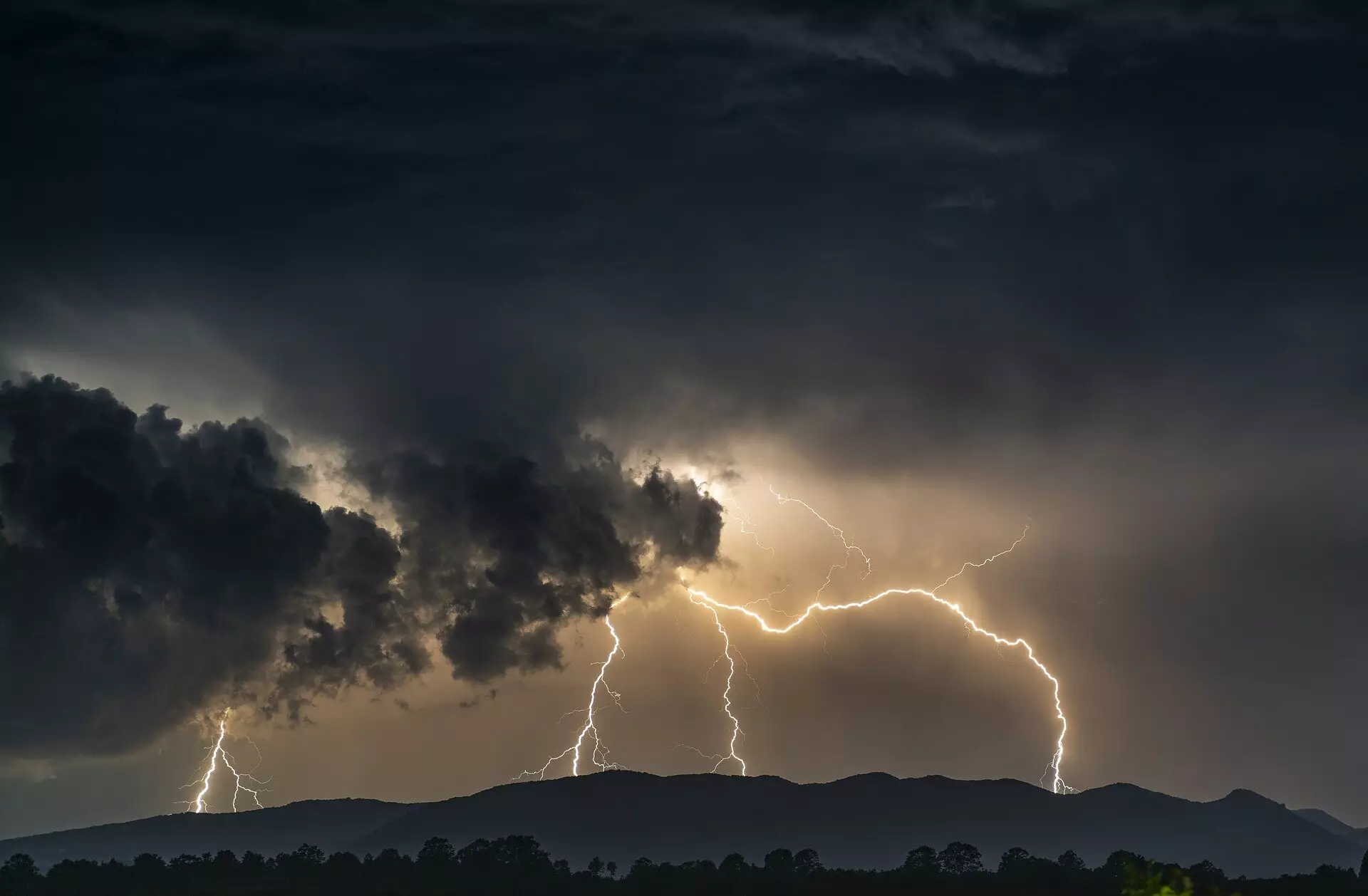California has become synonymous with catastrophic wildfires, particularly in recent decades. The intensity and frequency of these fires have significantly escalated, leading to a dramatic increase in post-fire erosion that poses serious threats to the state’s delicate water resources and ecosystems. A recent study conducted by the U.S. Geological Survey (USGS) highlights a concerning trend: a tenfold rise in hillside erosion after major wildfires in Northern California from the late 1980s to the 2010s. This troubling phenomenon not only exacerbates existing challenges but also is anticipated to worsen as climate change accelerates.
The repercussions of post-fire erosion are multifaceted. When heavy rains descend upon recently scorched landscapes, the resultant debris flows can choke rivers and streams, leading to oxygen depletion for aquatic life. Moreover, sediment runoff clogs reservoirs, significantly diminishing their water storage capacity, compromising flood control systems, and endangering communities susceptible to sudden flooding. According to USGS researcher and lead author Helen Dow, Northern California has witnessed a profound transformation: “We see this huge increase [in post-fire erosion]. It’s not only about the mass of sediment produced, but also the yield per area.”
Utilizing rigorous modeling and field observations, researchers meticulously quantified soil and sediment loss from erosion for each year following a large wildfire, defined as one larger than 25,000 acres, from 1984 to 2021. This systematic approach has provided a concrete understanding of an issue that has long troubled ecologists, water conservationists, and forest managers alike.
The escalating severity of wildfires in California is directly linked to climate change. As temperatures rise, the frequency of larger, more intense wildfires is increasing, while simultaneously, extreme weather events, such as intense rainstorms, are becoming more common. This concurrent increase in wildfires and storm intensity leads to a dangerous feedback loop, colloquially referred to as “weather whiplash.” The USGS study reveals that a staggering 57% of post-fire erosion occurs upstream from reservoirs, indicating an urgent risk to the very water security that Californian communities rely upon. As these reservoirs fill with sediment, both their capacity and water quality are at stake.
Glen Martin, spokesperson for the California Water Impact Network, encapsulates the severity of the situation: “California’s water supplies, fisheries, and reservoirs are already on the brink, and catastrophic fires will only exacerbate these issues.” The cycle whereby more fires lead to greater erosion, which then results in infrastructure failures and diminished water resources, is an “unvirtuous cycle” that must be urgently addressed.
The USGS study underscores the necessity of immediate action to mitigate the impacts of erosion exacerbated by wildfires. Researchers emphasize the importance of establishing comprehensive intervention strategies and increased fuel control on both private and public lands. Among the tools suggested are prescribed burns and mechanical thinning—methods aimed at reducing fire intensity and preventing the total destruction of landscapes during wildfires.
As California is all too aware of the catastrophic consequences of erosion and debris flows, the need for robust forest management practices is paramount. Historical precedents, such as the devastation caused by the 2018 Thomas fire and its aftermath in Montecito, which resulted in tragic loss of life and property, illustrate the tangible dangers posed by unmanaged landscapes.
Despite the urgency of the situation, solutions to combat post-fire erosion and its far-reaching effects necessitate significant public engagement, time, and funding. Martin proposes that substantial public will and financial resources must be mobilized to implement effective forest management and land conservation practices. “It’s a crisis situation,” he remarked, stressing the immediate need for collective action.
Dow points out that understanding the extensive impacts of post-fire erosion is just the beginning. The research indicates an alarming trend, and having a comprehensive grasp of the problem—both in Northern and Southern California—may guide decision-makers toward effective interventions. A holistic approach that prioritizes sustainable land management is critical, not only to protect California’s water resources but also to safeguard the environments that are integral to human and wildlife prosperity.
The findings from the USGS study mark a pivotal moment in the conversation around wildfire management in California. As the state grapples with the dual challenges of escalating wildfires and climate change, it stands at a crossroads. Embracing proactive strategies for land and water management will not only mitigate the effects of erosion but also contribute to a sustainable future for California’s invaluable ecosystems and communities. Immediate action and thoughtful planning are essential to ensure that California can withstand the increasing pressures of climate change while safeguarding its water resources for generations to come.

